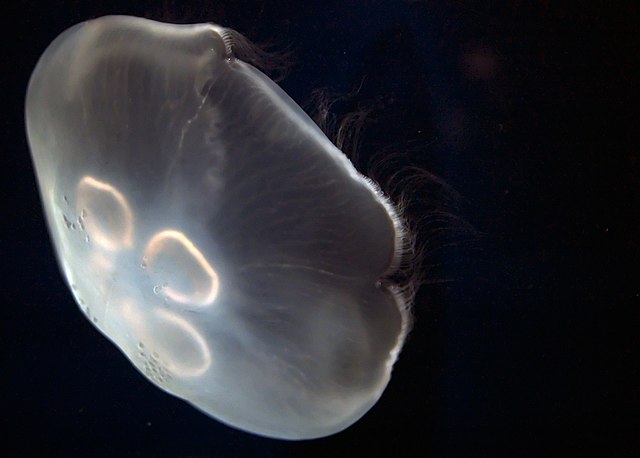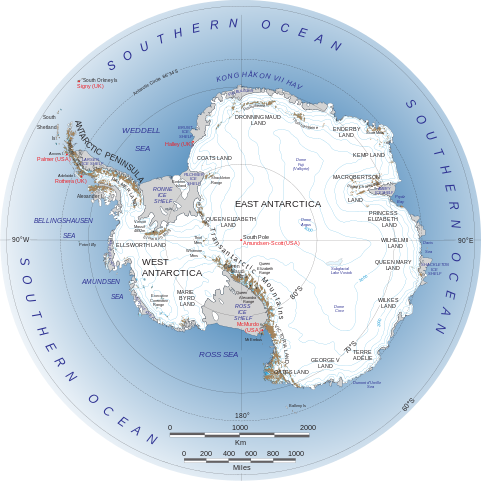We just learned about Anno Domini.
Another part of early Christian history was Pope Gregory I.
When Gregory was younger, he was born to a rich family, and went to school.
Later on he joined the church and lived the life of a monk, giving to the poor and spending days quietly praying.
When his parents died, he took their land and turned it into a monastery for other monks to live.
One day he became Pope.
At that time there were many poor and sick people in Rome.
He worked to use his farms to make food to be sent to poor people all over the country.
He also tried to make it so the church was more organized, and he also sent people out as missionaries to other countries like England to tell them about Jesus.

(from: wikipedia - pope gregory i)
Kid Facts - Blast from the past: Christian Name





